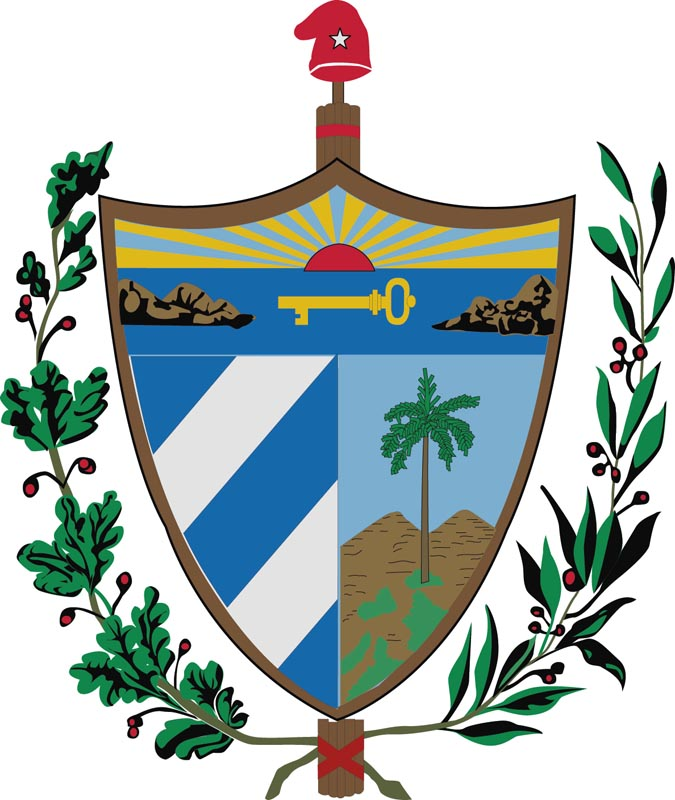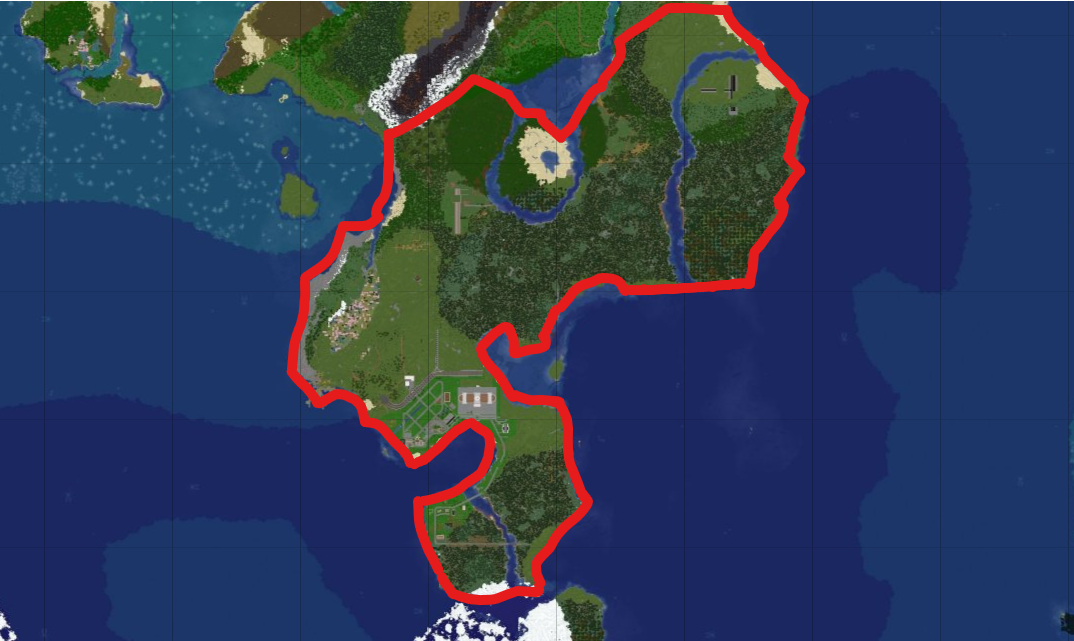Aguada
|
República de Aguada The Republic of Aguada |
|
Flag of Aguada |
|
Seal of Aguada |
|
Motto En defensa del pueblo In defense of the people |
|
Anthem: Hijos del pueblo Sons of the people |
|
|
|
Capital: Sandino |
|
Official Languages: Spanish • English • Dutch Minor Languages:
|
|
Demonym(s):
|
|
Religion:
|
|
Government: Semi-presidential republic
|
|
Legislature: Parliament
|
|
Currency: Aguadan peso (₱) (AGP) |
|
Timezone: UTC-7 (AGST) |
|
Population: |
|
GPD: $3.418.352.553
|
|
Internet TLD: .av |
|
ISO 3166 Code: AV |
Aguada, officially the Republic of Aguada is a country in the southeast region. It has a coastline along the [nameSound of sea]Aguada. inThe theRepublic south.of [furtherAguada explanation]a parliamentary republic with 330,627 citizens. The main languages of Aguada include Spanish, English and Dutch, while minor languages include French as well as Sranantongo.
History
Pre-colonial era (4000 B.C.E. - 1542 C.E.)
Humans first settled in Aguada around 6,000 years ago. The first settlerstribal of Aguada were the Guanahatabey people. The Guanahatabey peoplepeoples migrated from the larger southeastern peninsulaNorth and lived a hunter-gatherer lifestyle. TheAbout Arawakan-speaking2,000 ancestorsyears ago other large migrations took place which led to Aguada being dominated by peoples with a communal agrarian lifestyle. Remnants of the Taínoold peoplehunter-gatherer arrivedlifestyle aroundstill 2000lived years agoon in atribal separatecommunities migration. Unlike the previous settlers of Aguada, the Taíno were living a communal agricultural lifestyle. While descendants of the first settlers of Aguada inhabitedin the southern tipforests.
The inhabitants lived off the land. Those who settled in one place often took to fishing to survive, while the hunter-gatherer tribes had a more mixed diet of thewild peninsula,animals theas Taínowell peopleas werefruits livingand inplants largerthat groupscould be found in the northernwild. regions.
The Guanahatabey people were reliant on fishing, gathering wild fruits and hunting of small animals like birds and hutia's. On the other hand, the Taíno people focused on communal agriculture. The Taíno people grew the yuca root and used that to make cassava bread. They also ate sweet potato and corn.
Spanish colonization and rule ([year]1542 C.E.- [year]1815 C.E.)
[here]When America was discovered by Columbus, the colonization of the new world by the European powers quickly followed. The populations of Aguada, lesser in size and with no proper military to speak of, were quickly subjugated by the Spanish Empire. Early confrontations with the Spanish led to horrific genocides, which resulted in the near complete wiping out of the Agrarian peoples in the north. Most of the southern hunter-gatherer peoples were either enslaved or remained unknown to the Spanish at first.
Centuries of exploitation, enslavement and torture by the Spanish finally came to an end in 1815, when Spain was no longer able to sustain the colony due to the decline of their empire.
Dutch colonization and rule ([year]1815 C.E.- [year]1830 C.E.)
[here]In 1815, right after the fall of Napoleon, the British aimed to strengthen the Netherlands in order to enable them to potentially fight off the French in any future invasions. In order to secure this goal, the Netherlands was granted Belgium, Luxemburg and a few colonies, including Aguada.
Dutch rule over Aguada was not much more forgiving than that of the Spanish. Most of the native populations of Aguada had already been driven to extinction by the Spanish. In order to man the plantations that the Dutch were planning to set up in Aguada, the Dutch moved enslaved African-Surinamese people to the region.
Conditions on these plantations were often terrible. Many died of diseases or were driven to exhaustion. Today, many former plantations still exist, having been repurposed into farms or residences. There are still many Sranantongo speaking people in Aguada as a direct result of the movement of slaves during these years. It is unsure how many slaves were transported, but experts estimate between a few thousand to many tens of thousands of people.
British colonization and rule ([year]1830 C.E. - [year]1899 C.E.)
[here]In 1830, due to the Belgian revolt in the Netherlands, the British realised their failure in their goal of strengthening the Netherlands. Because of this, seeing the Netherlands in their weakened state, they decided to seize Aguada.
For most people in Aguada, life changed little. Slavery persisted and the native populations by now had gone completely exctinct or had been assimilated into other ethnicities.
Independence movements ([year]- [year])
[here]
Republic ([year]- [year])
[here]
[other chapter] ([year]- [year])
[here]
Geography
[here]
Government and politics
[here]
Economy
[here]
Demographics
[here]
Culture
[here]



